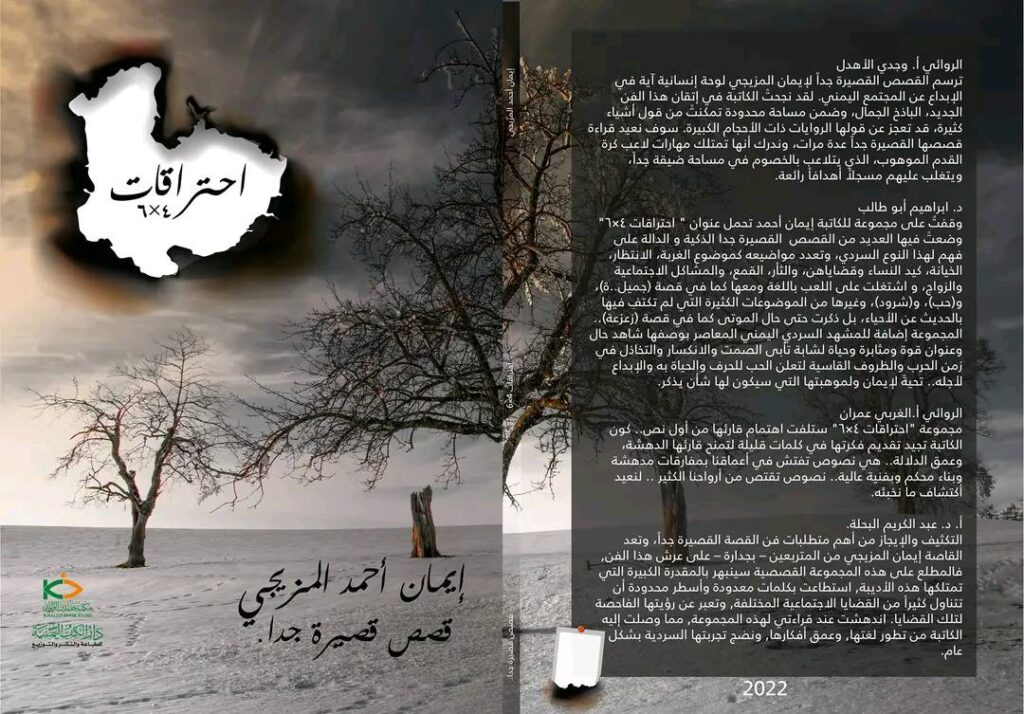The Rural Life in Wisam Al-Absi’s Portrayal of Plowing
Wisam Al-Absi’s painting depicting a man plowing a field with an ox is a captivating representation of the timeless and arduous act of manual labor. This evocative artwork transports viewers to a simpler time, invoking a sense of nostalgia and connection to the Earth.
In this particular painting, Al-Absi explores the ancient practice of plowing, an activity that has been an integral part of human civilization for thousands of years. The scene is set in a rural landscape, with rolling hills and vast stretches of land. The colors employed by the artist are warm and earthy, reflecting the natural tones of the environment.
At the center of the composition stands a solitary figure, a man bent over as he guides the plow through the soil. His clothes are worn, and his stance portrays both resolve and weariness. Next to him, a powerful ox strains against the weight of the plow, its muscles defined and its eyes fixed straight ahead. The artist’s skillful rendering brings the ox to life, capturing the intensity and determination in its expression.
The choice to focus on the act of plowing with an ox is significant in this artwork. Plowing has historically been one of the most essential agricultural activities, responsible for preparing the soil for planting crops. This depiction emphasizes the ongoing interdependence between humans and animals, where the ox serves as a crucial partner in the agricultural process.
By portraying the man and the ox engaged in this labor-intensive task, Al-Absi highlights the profound connection between human beings, nature, and the cycle of life. This connection is further accentuated by the artist’s attention to the landscape itself. The surrounding fields are abundant with growth, revealing the fruits of the labor depicted in the foreground. This juxtaposition between barren land in the foreground and fertile fields in the background represents the transformative power of plowing and the potential for abundance that it brings.
Al-Absi’s painting also evokes a sense of timelessness. Although the specific time and place are not explicitly stated, the absence of modern technology suggests a simpler, more traditional way of life. The artist invites viewers to reflect on the human experience throughout history and to consider the significance of manual labor in shaping civilizations.
From a theoretical perspective, this artwork can be examined through various lenses. One way to interpret it is through the lens of social history, which investigates the ways in which societies have organized work and the relationship between humans and nature. Plowing, in this context, symbolizes the critical role that labor has played in shaping the development of civilizations. It is a reminder of the sweat and toil required to sustain a society and cultivate the land.
Furthermore, this painting can also be examined through the lens of environmental philosophy. It raises questions about humanity’s relationship with the natural world and the impact of our actions on the environment. By depicting a scene of manual labor on the land, the image prompts reflection on the importance of sustainable practices and responsible land management.
The painting also lends itself to a psychoanalytic interpretation, particularly through the lens of Carl Jung’s concept of the collective unconscious. Jung believed that certain archetypes are inherent in the human psyche, representing universal symbols and motifs that transcend cultural boundaries. The image of a man plowing a field with an ox taps into the archetype of labor, connecting to a deep and primal understanding of human existence.
In terms of technique, Al-Absi demonstrates a high level of skill in his brushwork and composition. The attention to detail in the man’s clothing and the ox’s musculature showcases the artist’s ability to capture the physicality of the subject matter. The use of warm colors and soft, textural brushstrokes creates a sense of depth and adds to the overall emotional impact of the painting.
In conclusion, Wisam Al-Absi’s painting of a man plowing a field with an ox is a thought-provoking artwork that delves into themes of labor, connection to the Earth, and the timeless nature of human existence. Through his skillful technique and attention to detail, the artist successfully transports viewers to a simpler time, evoking a sense of nostalgia and reflection. This artwork serves as a visual gateway to examine various theoretical perspectives, including social history, environmental philosophy, and psychoanalysis. It is a testament to the enduring significance of manual labor and its role in shaping human civilizations.


